Who doesn’t know that Italy is one of the global food meccas? There are people who visit the country just so they can enjoy its astounding variety; from the butter-based cuisine of the north to the renowned “red” tomato-based of the south, there is a glorious experience awaiting the tourist at every mealtime.
Nominated as a UNESCO Intangible Cultural Heritage element in March 2023, the list of Italian culinary stars seems to be endless: pasta, pizza, polenta, risotto, gelato, these are just a few.
In the midst of such a rich and competitive field, Bologna, the capital of the Emilia-Romagna region, is widely acknowledged as foodie heaven and the Quadrilatero is its epicenter. The city is often called the food capital of Italy, or even the world, because of its many famous dishes and products that have influenced Italian and international cuisine. Situated in the fertile Po Valley, surrounded by the Apennine Mountains and the Adriatic Sea, Bologna enjoys access to a variety of natural resources, such as wheat, grapes, olives, fruits, vegetables, dairy, meat, and fish.
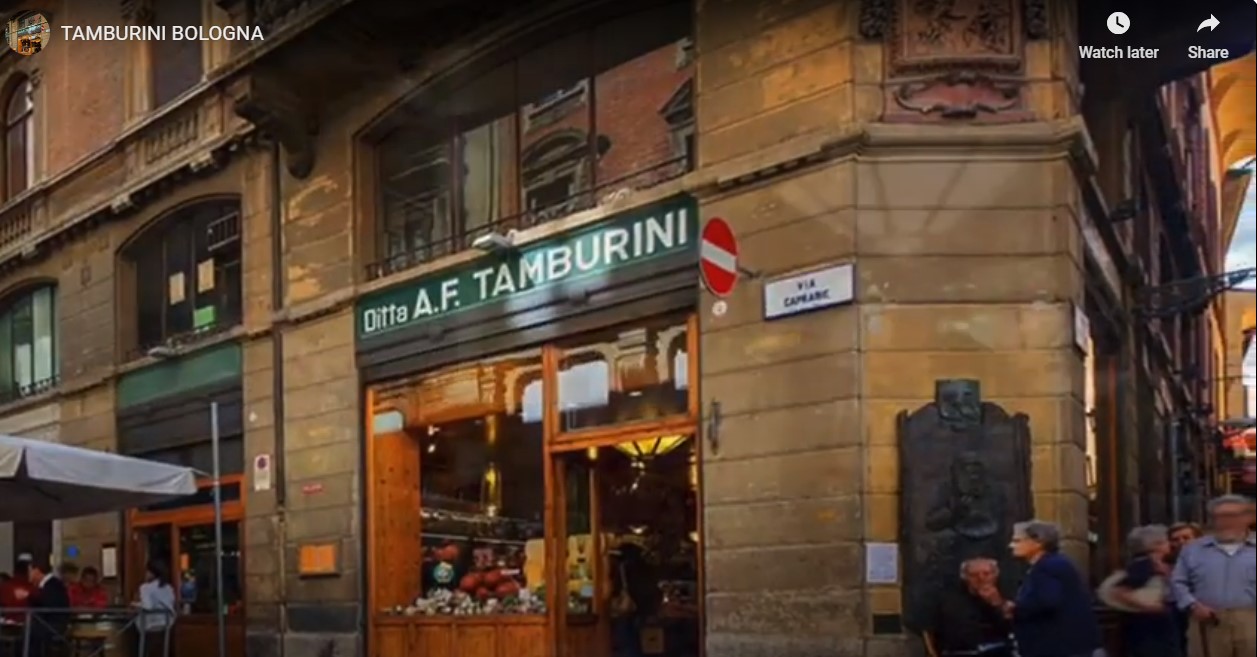
The Quadrilatero dates back to medieval times, when local butchers and bakers would hawk their products along the narrow alleyways. Today, the shops are decidedly upscale, but it’s not so different, with cured meat and cheeses, handmade pasta, seafood, and freshly baked bread all for sale to hungry market goers. If you can’t wait to get the provisions home, the market also houses plenty of restaurants and cafes for espresso, gelato, or a relaxing glass of vino after a long day of shopping. Sit at a café in the late afternoon, admire the architecture of this venerable city and do a spot of people watching.

Located near Piazza Maggiore, the name Quadrilatero refers to the shape of the area, which is bounded by four streets: Via Clavature, Via Pescherie Vecchie, Via Drapperie, and Via degli Orefici. The Quadrilatero is one of the oldest parts of the city, dating back to Roman times, and has always been a place of commerce and trade.
The Quadrilatero is a place where tradition and innovation coexist, where food and culture are intertwined, and where visitors can experience the authentic spirit of Bologna.
Some of the places that are worth visiting in the Quadrilatero are Osteria del Sole, a historic wine bar that dates back to 1465; Tamburini, a famous salumeria (delicatessen) and restaurant that serves fresh pasta and meat dishes; and Eataly Bologna Ambasciatori, a modern food hall that showcases the best of Italian food culture.
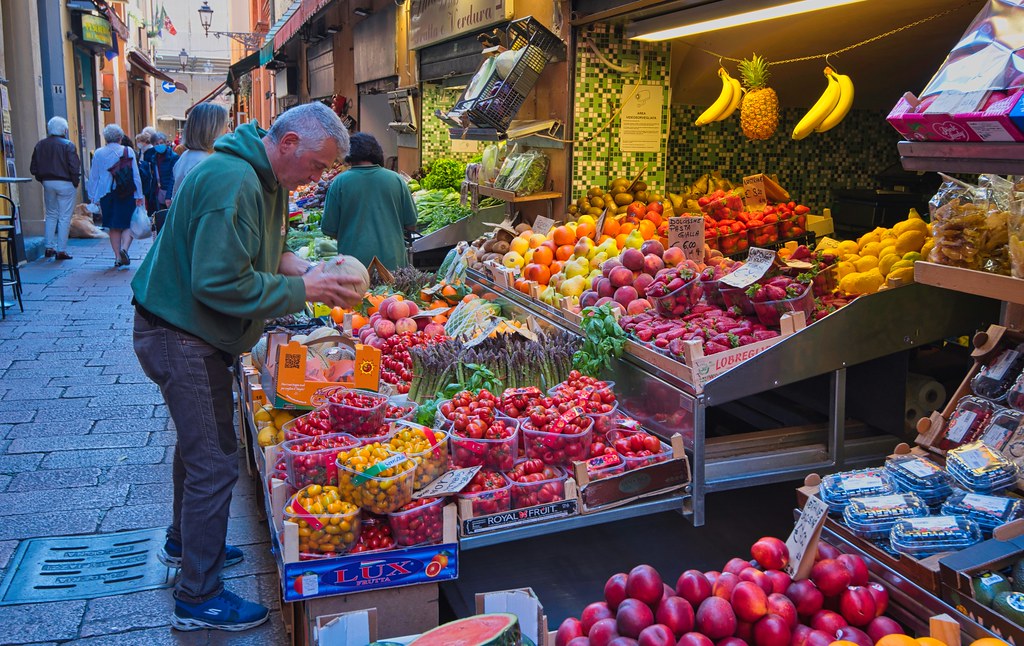
Some of the specialties that can be found in the Quadrilatero are mortadella, Parmigiano-Reggiano, balsamic vinegar, and piadina. It’s also the birthplace of some iconic pasta dishes, such as lasagna, tortellini in broth, and tagliatelle al ragù (the original version of spaghetti bolognese). These dishes showcase the local ingredients and traditions of the city and the region.
Bologna was a prominent city in the Middle Ages and the Renaissance, known for its commerce, culture, and education. It was home to the first university in the world—founded in 1088–which attracted scholars, students, and travelers from different regions and backgrounds. This created a melting pot of culinary influences and innovations, as well as a demand for high-quality food.
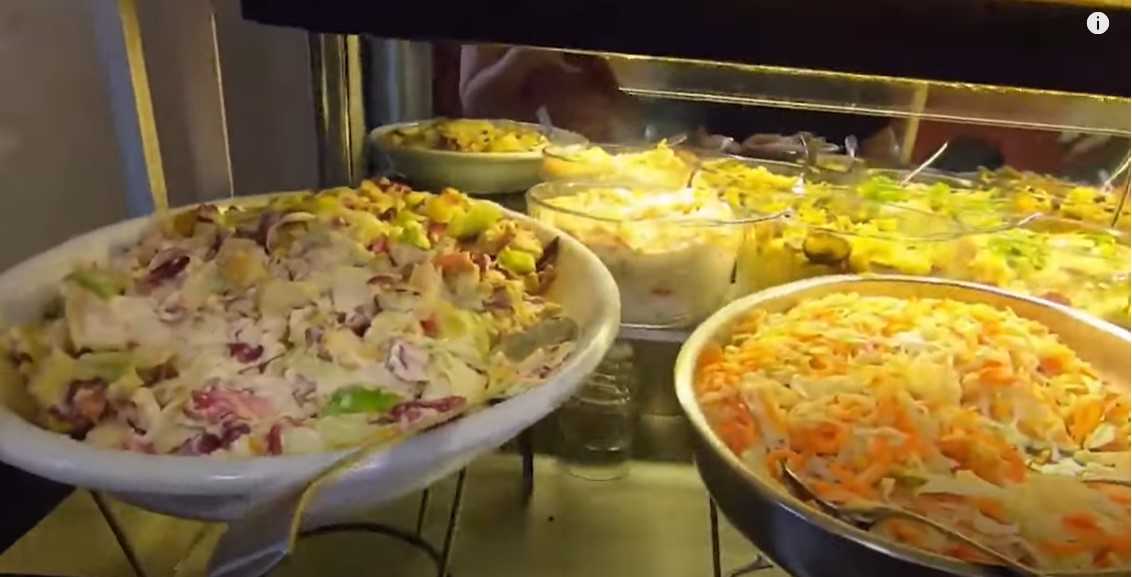
The city’s architecture also influenced its food culture, especially its distinctive porticos that cover most of the city’s streets. The 23 miles of porticos were built to accommodate the expanding university and to protect the pedestrians from the sun and the rain. They also created a unique atmosphere and space for socializing, shopping, and eating.
Bologna is not only the food capital of Italy, but also the center of a larger food region that includes many neighboring cities that share its culinary heritage and traditions. The names of a few of these cities constitute a veritable roll call of culinary excellence.
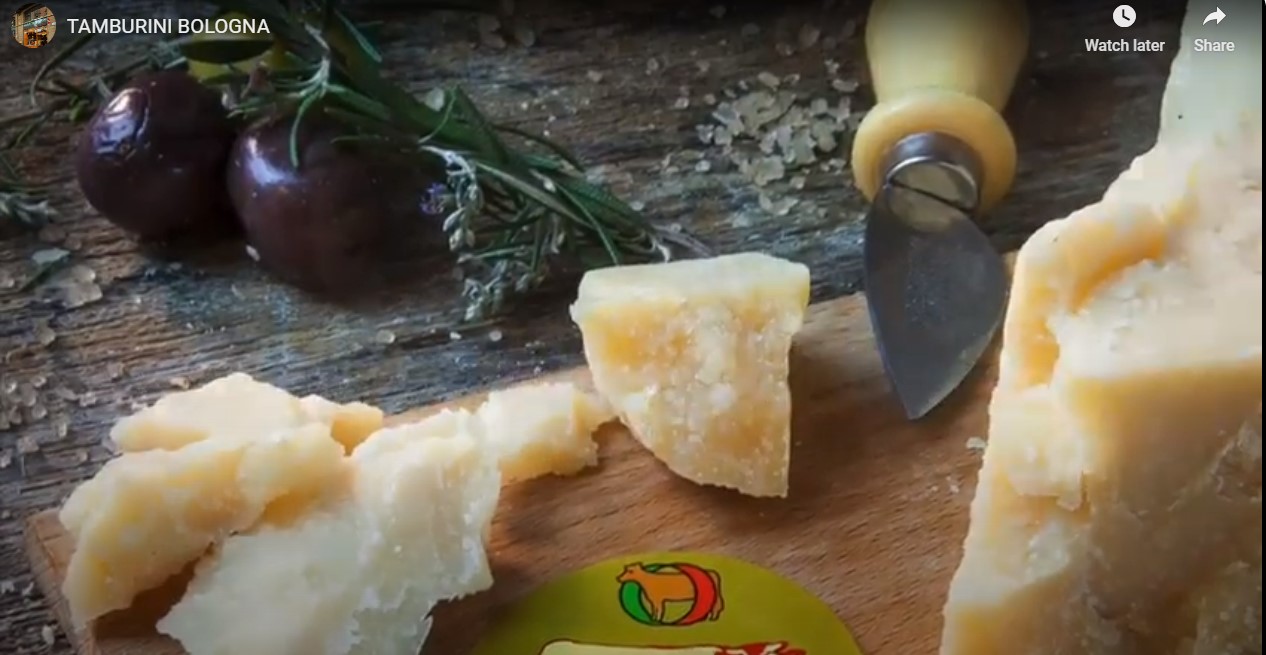
Parma, famous for its Prosciutto di Parma and Parmigiano-Reggiano cheese, its stuffed pasta, such as tortelli and anolini, and its rich sauces, such as besciamella and ragù di carne.
Modena, renowned for its balsamic vinegar (aceto balsamico di Modena), another protected product of origin that is aged for at least 12 years in wooden barrels.
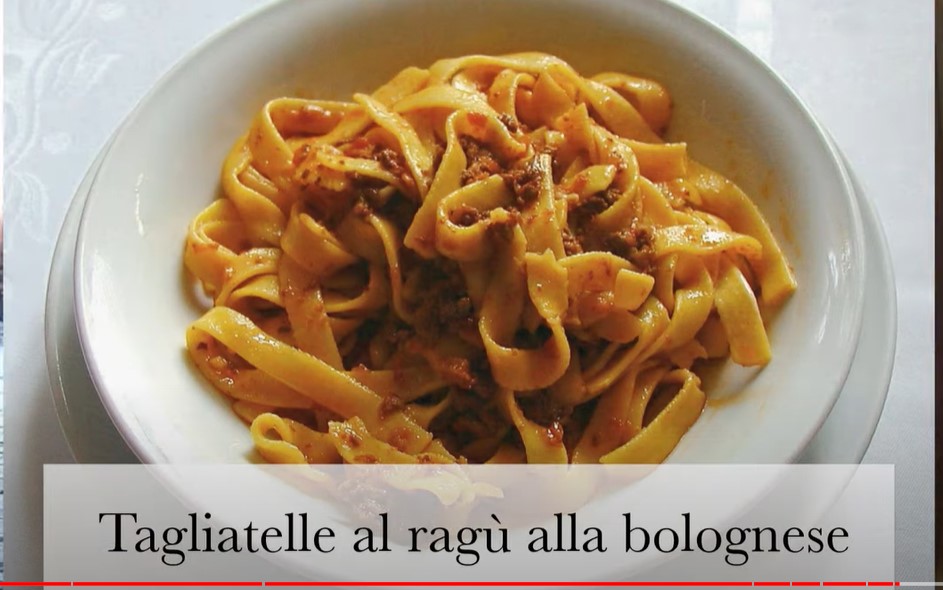
Ferrara, a city with a strong Renaissance influence and a distinctive cuisine that combines sweet and savory flavors. Ferrara is famous for its salama da sugo (a spiced sausage cooked in wine), its cappellacci di zucca (pumpkin-filled pasta), and its pastries, such as pan pepato (a chocolate and spice cake) and zuppa inglese (a custard and sponge cake dessert).
History, architecture, culture; but above all, its culinary traditions, Bologna is truly a magnet for the traveler who wants a taste of what makes Italy the revered destination that it is.












